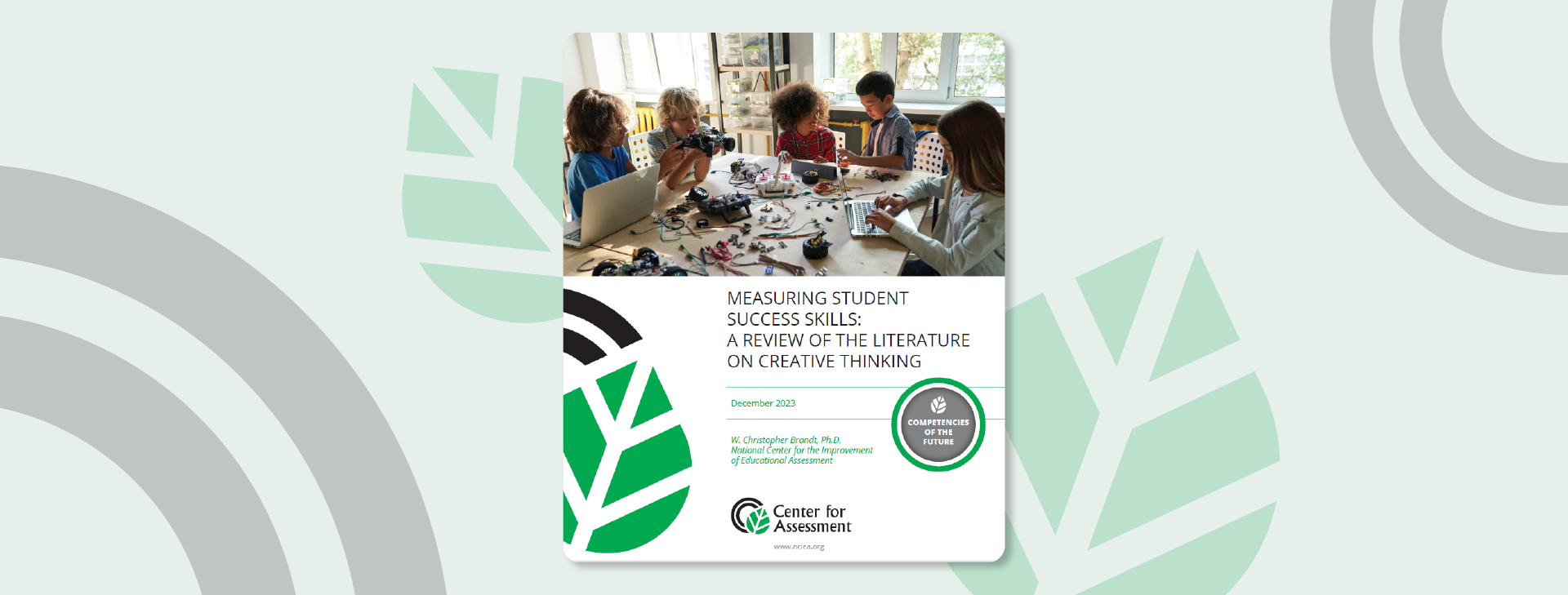Creative thinking is essential for career success in the information age. According to the World Economic Forum, creative thinking ranks as the fastest growing and second-most important skill among employers. Creative thinking also ranks above artificial intelligence (AI) and big data in terms of companies’ skills-training priorities for workers.
Creative thinking was once thought to be a skill that could not be learned. Today, well-defined cognitive models describe how the creative process unfolds. Research shows that teachers and mentors can be trained to facilitate, assess, and use assessment information to develop individuals’ creative thinking abilities.
This literature review (a) provides a working definition of creative thinking, (b) describes how the creative thinking process develops for K-12 students, (c) examines different conceptions of how creative thinking is taught, (d) discusses specific instructional practices that support the development of creative-thinking strategies, and (e) analyzes how creativity has been assessed. This review concludes with implications for the design and use of creative thinking assessments in K-12 schools.

